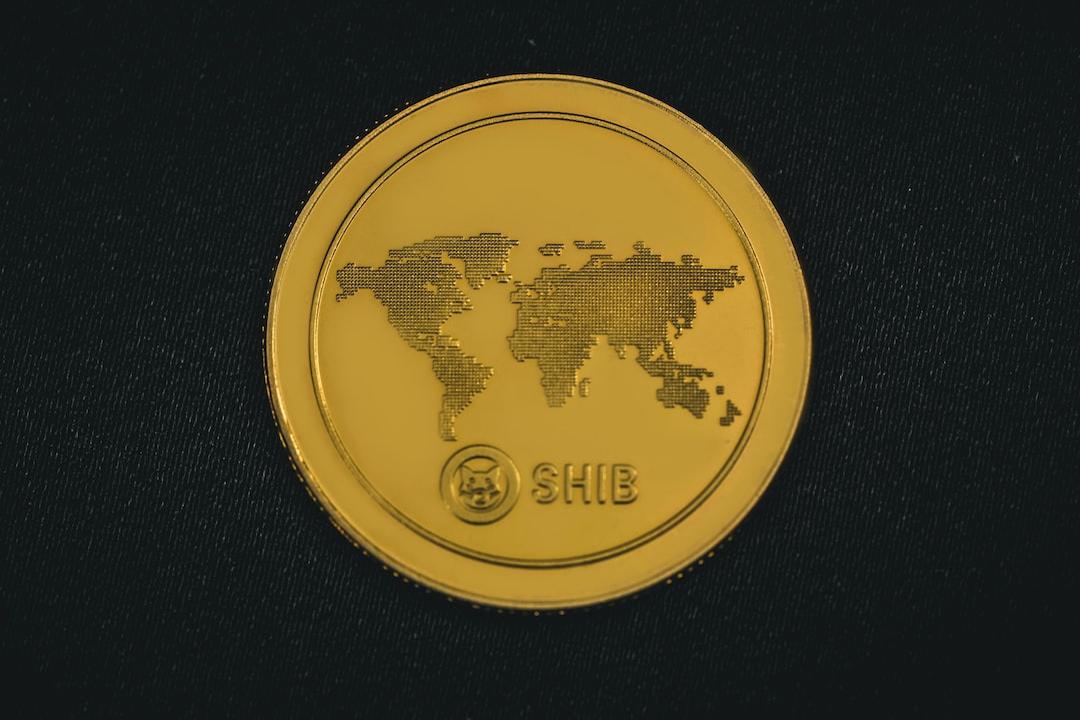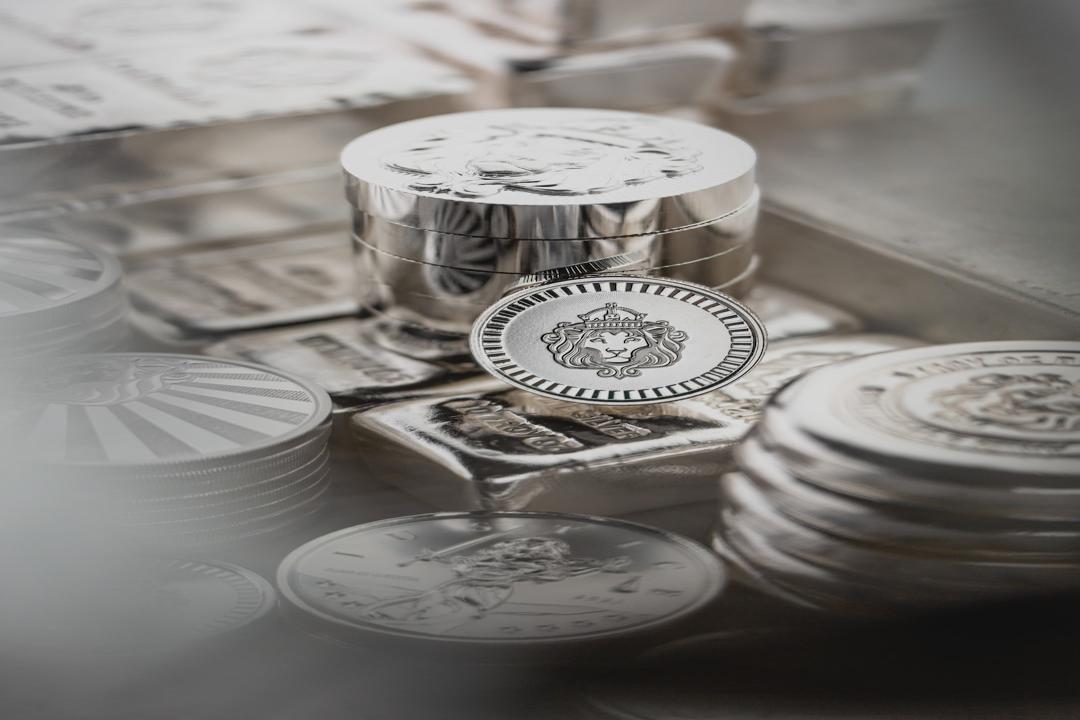Information Itself Can Become a Complete Market
This article is adapted, translated, and written by Odaily from Vitalik Buterin’s article “From Prediction Markets to Info Finance.”
(Background: Polymarket’s mysterious whale wins $50 million; how did he accurately predict the election results?)
(Supplementary Background: Gao Chongjian’s Special Article: I predicted Kamala Harris would win on Polymarket and lost two dollars)
The U.S. election has further propelled the prediction market Polymarket into the spotlight. Those seeking profit began placing bets, while those seeking results used it as a news platform to obtain information. As a “mainstream” blockchain application, Polymarket has successfully combined on-chain funds with real-world predictions. Vitalik has praised Polymarket in several articles and is a loyal fan of the early prediction market Augur.
Today, Vitalik published an article discussing “information finance” through prediction markets. Below is the full content, translated by Odaily Planet Daily:
One of the most exciting Ethereum applications for me is prediction markets. In 2014, I wrote an article about futarchy, a prediction-based governance model proposed by Robin Hanson. By 2015, I was an active user and supporter of the prediction market Augur, earning $58,000 from bets in the 2020 election. This year, I have been a loyal supporter and follower of Polymarket.
To many, prediction markets are just about betting on elections, and betting on elections is gambling. It’s great if it can provide people with enjoyment, but fundamentally, it’s no more interesting than randomly buying memes on pump.fun. From this perspective, my excitement about prediction markets might seem puzzling. So in this article, I will explain the concept of prediction markets that interests me. In short, I believe:
1. The existing prediction markets are a very useful tool for the world;
2. Furthermore, prediction markets are just the pioneer of a more popular field with the potential to be applied to social media, science, news, governance, and other areas, which I will label as “information finance.”
In the past week, Polymarket has been a very effective source of information regarding the U.S. election. Polymarket not only predicted Trump’s winning probability as 60/40 (while other sources predicted 50/50, which itself is not too impressive) but also demonstrated other advantages: when the results came out, despite many experts and news sources inducing audiences to hear favorable information for Harris, Polymarket directly revealed the truth: Trump’s winning probability exceeded 95%, and the probability of seizing control of all government departments exceeded 90%.
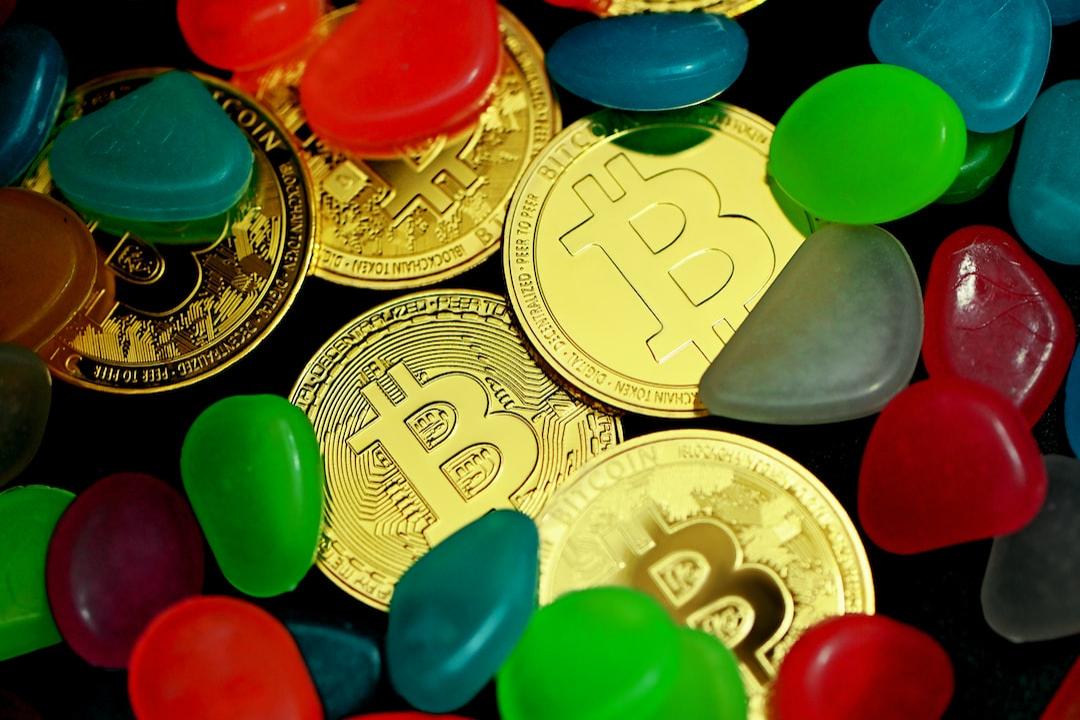
However, for me, this isn’t even the best example of Polymarket’s interest. So let’s look at another example: during the Venezuelan presidential election in July, the day after the election ended, I inadvertently saw someone protesting the highly manipulated Venezuelan presidential election. At first, I didn’t pay much attention. I knew Maduro was already one of those “basically dictators,” so I thought he would certainly fabricate every election result to maintain his power, there would be protests, and the protests would fail. Unfortunately, many others failed. Later, while browsing Polymarket, I saw this:

People were willing to invest over $100,000, betting that the probability of Maduro being overthrown in this Venezuelan election was 23%, and now I noticed this matter.
Of course, we still knew the outcome of being overthrown was unlikely. Ultimately, Maduro remained in power. But the market made me realize that this time the attempt to overthrow Maduro was serious. At that time, there were large-scale protests, and the opposition unexpectedly adopted a well-executed strategy, proving to the world the fraudulent nature of this election. If I hadn’t received Polymarket’s initial signal “this time, something needs attention,” I wouldn’t have started paying so much attention.
You shouldn’t completely trust charts: if everyone believed in charts, then any wealthy person could manipulate charts, and no one would dare to bet. On the other hand, completely trusting news isn’t a good way either. News has sensational motives, exaggerating the consequences of anything for click rates. Sometimes it’s reasonable, sometimes not. If you see a sensational article and then check the market to find that the probability of the related event hasn’t changed, then skepticism is justified. Additionally, if you see an unexpectedly high or low probability of an event occurring in the market, or a sudden change, it’s a signal to read through the news and see what led to this conclusion.
Conclusion: By reading both news and charts, you can gain more information than by browsing either one alone.
If you are a gambler, you can deposit into Polymarket; for you, it’s a gambling site. If you’re not a gambler, you can read chart data; for you, it’s a news site. You should never completely trust charts, but I have personally incorporated reading chart data into my information-gathering workflow (alongside traditional media and social media), helping me acquire more information more effectively.
Predicting election results is just one use case. The broader concept is that you can use finance as a way to coordinate incentive mechanisms to provide audiences with valuable information. Now, a natural response might be: isn’t all finance fundamentally about information? Different participants make different buying and selling decisions because they have different views on what will happen in the future (aside from personal needs like risk preferences and hedging desires), and you can infer a lot of knowledge about the world by reading market prices.
For me, information finance is like this, but structurally correct, similar to the concept of structurally correct in software engineering. Information finance is a discipline that requires you to:
1. Start with the facts you want to know;
2. Then deliberately design a market to extract that information from market participants in the most optimal way.
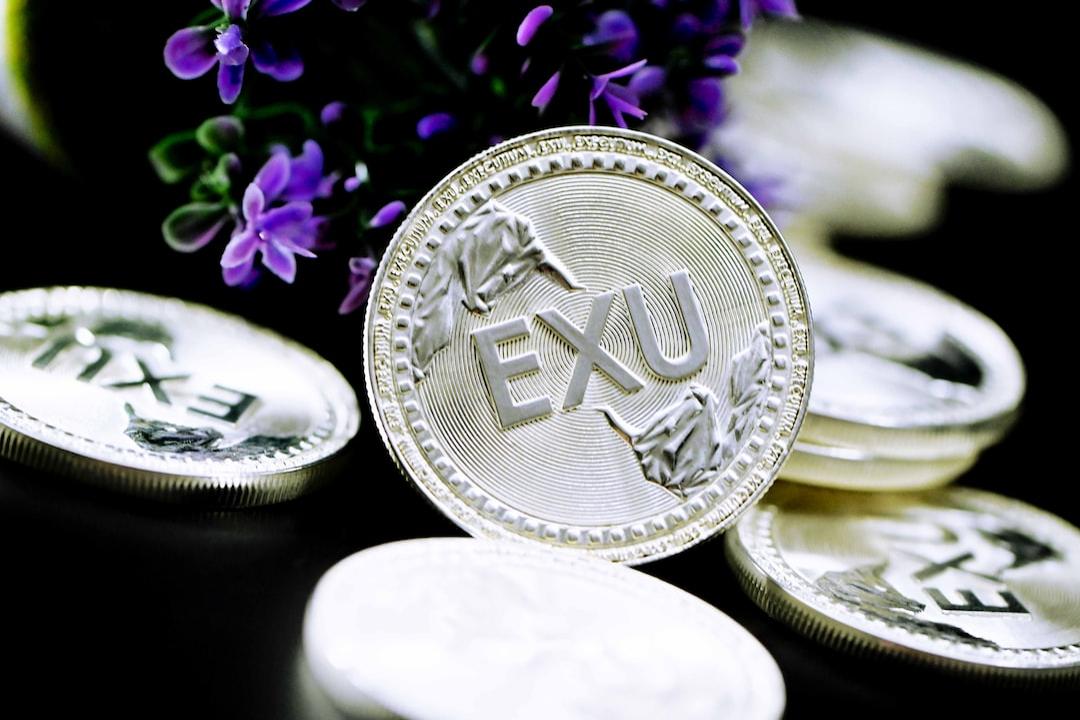
One example is prediction markets: you want to know something that will happen in the future, so you establish a market where people can bet on this thing. Another example is decision markets: you want to know whether decision A or decision B will produce better results according to a certain metric M. To achieve this, you establish a conditional market:
You let people bet on which decision will be chosen: if decision A is chosen, then the value of M, otherwise zero; if decision B is chosen, then the value of M, otherwise zero. With these three variables, you can calculate whether the market believes decision A or decision B is more likely to produce better outcomes.The Value of M
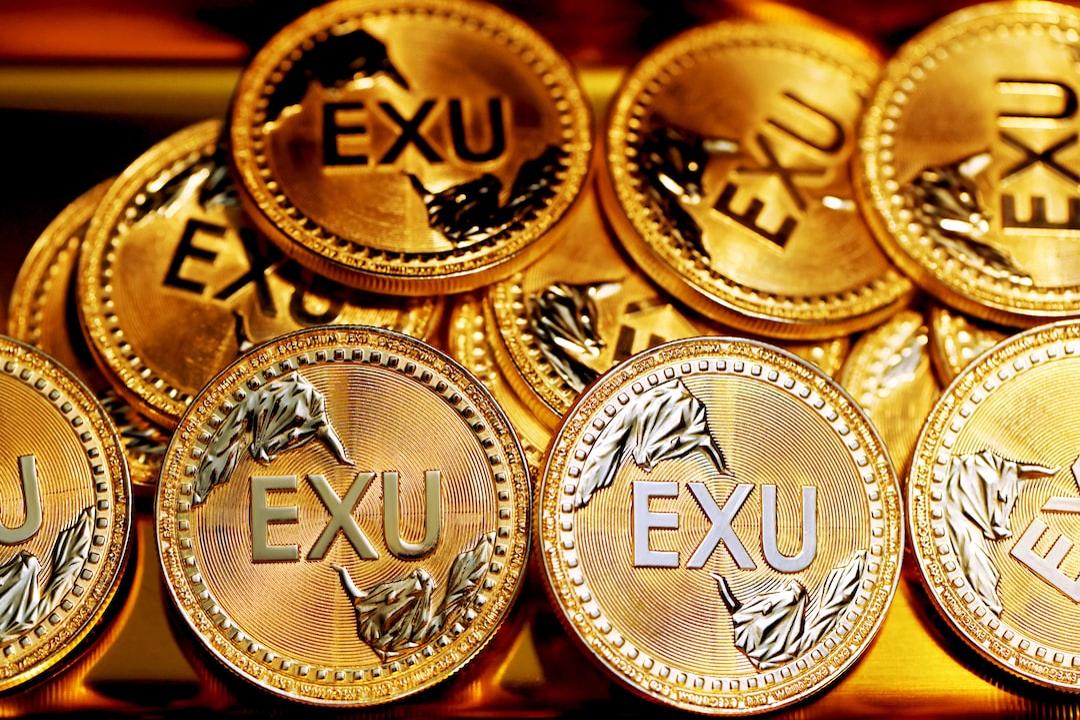
I anticipate that in the next decade, artificial intelligence (whether LLMs or some future technologies) will have a significant impact on the financial industry. This is because many applications of information finance are about “micro” issues: mini-markets with millions of decisions, where the impact of a single decision is relatively low. In practice, low-volume markets often do not function efficiently: for an experienced participant, it doesn’t make sense to spend time on detailed analysis for just a few hundred dollars of profit. Some even believe that such markets wouldn’t function at all without subsidies because, other than the most significant and sensational issues, there aren’t enough novice traders for experienced traders to profit from. Artificial intelligence completely changes this equation, meaning we might obtain fairly high-quality information even in markets with a volume of $10. Even if subsidies are needed, the scale of subsidies per question is affordable.
Suppose you have a human judgment mechanism you trust, and the entire community trusts its legitimacy, but making judgments requires a lot of time and is costly. However, you want to access a cheap copy of this “expensive mechanism” in a cheap and instant way. Here’s an idea from Robin Hanson on what you can do: every time you need to make a decision, set up a prediction market predicting what outcome the expensive mechanism will decide if called. Then the prediction market starts running, with a small amount of money invested to subsidize market makers.
99.99% of the time, you won’t actually call the expensive mechanism: perhaps you “reverse the trades,” returning or not returning the money everyone invested, or you look at whether the average price is closer to “yes” or “no” and take it as a basic fact. In 0.01% of the cases, perhaps randomly, perhaps in the market with the highest volume, or perhaps both, you actually run an expensive mechanism and compensate participants based on it.
This provides a credible, neutral, fast, and cheap “refined version” of the original highly credible but extremely costly mechanism (using “refined” as an analogy to LLM large model distillation). Over time, this refined mechanism roughly reflects the behavior of the original mechanism because only participants who help achieve the outcome can make money, while others will lose.
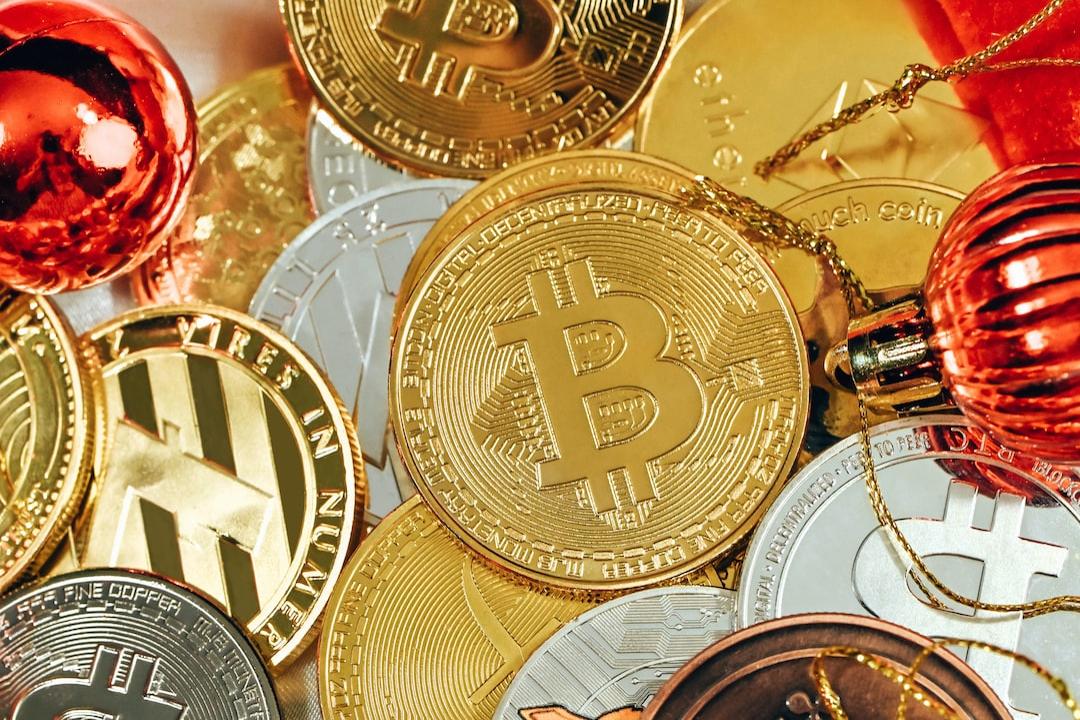
This applies not only to social media but also to DAOs. A major issue with DAOs is that there are too many decisions, and most people are unwilling to participate, leading to either extensive use of delegation, with risks of centralization and delegation-agent failure common in representative democracies, or being vulnerable to attacks. If actual voting occurs infrequently in DAOs, and most things are decided by prediction markets, where humans and AI together predict voting results, such a DAO might execute well.
As we see in the decision market example, information finance contains many potential paths to solve significant problems in decentralized governance, with the key being the balance between market and non-market: markets are the “engine,” while some other non-financial trust mechanisms are the “steering wheel.”
Personal tokens—such as projects like Bitclout (now deso), friend.tech, etc., that create tokens for everyone and make them easy to speculate on—are what I call “primitive information finance.” They deliberately create market prices for specific variables (i.e., expectations of a person’s future status), but the exact information revealed by the prices is too vague, easy to be influenced by reflexivity and bubble dynamics (Odaily Planet Daily Note: price spikes attract buyers). It is possible to establish improved versions of such protocols and address important issues like talent discovery by more carefully considering the economic design of the tokens (especially where their ultimate value comes from). Robin Hanson’s perspective in “Reputation Future” is a possible eventual state.
Advertising—the ultimate “expensive but trustworthy signal” is whether you will buy a product. Information finance based on this signal can be used to help people determine what to purchase.
Scientific peer review—there has long been a “replication crisis” in the scientific community, where some famous results, which have become part of conventional wisdom in certain situations, cannot be reproduced in new studies. We can attempt to identify results that need to be re-examined through prediction markets. Before re-examination, such markets can also provide readers with a quick estimate of how much they should trust any specific result. Experiments with this idea have already been conducted and seem successful so far.
Public goods funding—one of the main issues with public goods funding mechanisms used in Ethereum is their “popularity contest” nature. To gain recognition, each contributor needs to perform their own marketing operations on social media, and it’s difficult for contributors who lack the capability to do so, or those with inherently more “background” roles, to gain significant funding. An attractive solution is to try tracking the entire dependency graph: for each positive outcome, how much each project contributed to it, and then for each project, how much each contributed, and so on. The main challenge of this design is determining the weights of the edges to withstand manipulation. After all, such manipulation is constantly happening. Refined human judgment mechanisms might help.
These perspectives have been theorized for a long time: the earliest works on prediction markets or even decision markets were decades ago, and financial theories saying similar things are even older. However, I believe there is a great opportunity for information finance in this decade for several key reasons:
Information finance addresses real trust issues people face. A common problem of this era is the lack of understanding of who is trustworthy in political, scientific, and business contexts (worse still, the lack of consensus), and information finance applications can be part of the solution;
We now have scalable suite blockchains as a foundation, which until recently couldn’t truly implement these ideas due to high costs. But now, the costs are no longer high.
AI as a participant, when information finance had to rely on human participation to solve each problem, it was relatively difficult to play a role. AI greatly improves this situation, creating efficient markets even on small-scale issues. Many markets may have a combination of AI and human participation, especially when the volume of specific problems suddenly shifts from small to large.
To fully seize this opportunity, it’s time to explore what financial information can bring us through election forecasting.
